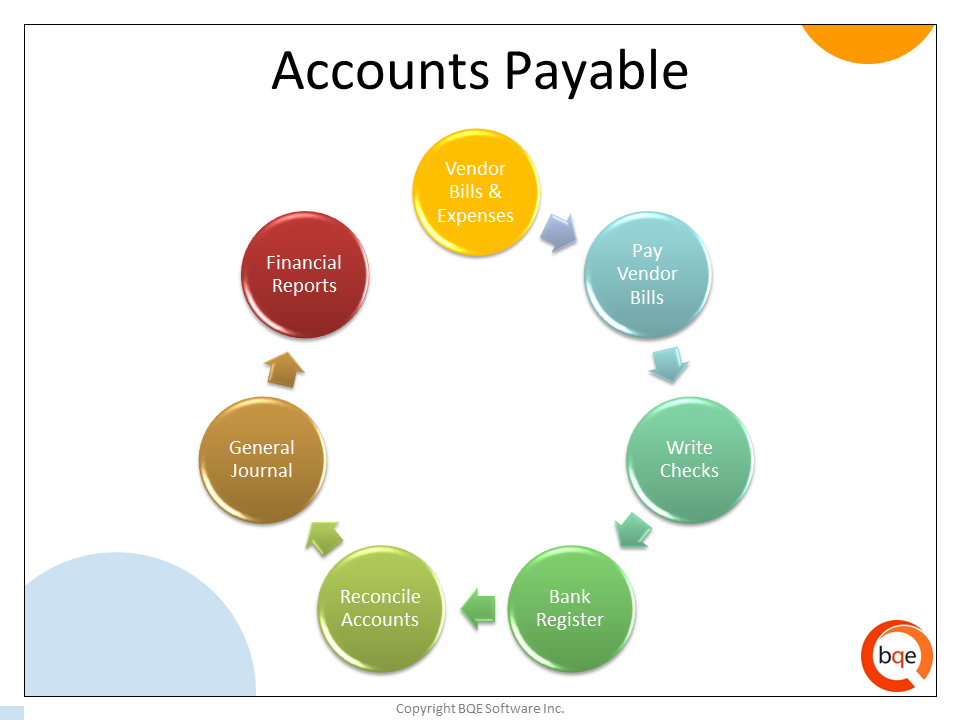Prudence is a key accounting concept that makes sure that assets and income are not overstated, and liabilities and expenses are not understated. Since the outcome of contingent liabilities cannot be known for certain, the probability of the occurrence of the contingent event is estimated and, if it is greater than 50%, then a liability and a corresponding expense are recorded. The recording of contingent liabilities prevents the understating of liabilities and expenses. What about business decision risks, like deciding to reduce insurance coverage because of the high cost of the insurance premiums? GAAP is not very clear on this subject; such disclosures are not required, but are not discouraged. What about contingent assets/gains, like a company’s claim against another for patent infringement?
- However, when the inflow of benefits is virtually certain an asset is recognised in the statement of financial position, because that asset is no longer considered to be contingent.
- The $4.3 billion liability for Volkswagen related to its 2015 emissions scandal is one such contingent liability example.
- On your prospectus, investors typically pay particular attention to items that reduce your business’ ability to generate profits, like contingent liabilities.
- Both generally accepted accounting principles (GAAP) and International Financial Reporting Standards (IFRS) require companies to record contingent liabilities.
It is of interest to a financial analyst, who wants to understand the probability of such an issue becoming a full liability of a business, which could impact its status as a going concern. A contingent liability is recorded in the accounting records if the contingency is probable and the related amount can be estimated with a reasonable level of accuracy. Other examples include guarantees on debts, liquidated damages, outstanding lawsuits, and government probes. Two classic examples of contingent liabilities include a company warranty and a lawsuit against the company. Both represent possible losses to the company, and both depend on some uncertain future event. Assume that a company is facing a lawsuit from a rival firm for patent infringement.
What is a Contingent Liability?
If a court is likely to rule in favor of the plaintiff, whether because there is strong evidence of wrongdoing or some other factor, the company should report a contingent liability equal to probable damages. An estimated liability is certain to occur—so, an amount is always entered into the accounts even if the precise amount is not known at the time of data entry. There are three scenarios for contingent liabilities, all involving different accounting treatments. Contingent liabilities are shown as liabilities on the balance sheet and as expenses on the income statement. Contingent liabilities are liabilities that may occur if a future event happens. Working through the vagaries of contingent accounting is sometimes challenging and inexact.
Why are contingent liabilities recorded?
It's included in a financial statement if the liability is likely to occur and its amount can be accurately estimated. Contingent liabilities are recorded to provide accurate financial data that meet generally accepted accounting principles (GAAP) requirements.
The accounting rules for reporting a contingent liability differ depending on the estimated dollar amount of the liability and the likelihood of the event occurring. The accounting rules ensure that financial statement readers receive sufficient information. A contingent liability is a potential obligation that may arise from an event that has not yet occurred. A contingent liability is not recognized in a company’s financial statements. Instead, only disclose the existence of the contingent liability, unless the possibility of payment is remote. There are three possible scenarios for contingent liabilities, all of which involve different accounting transactions.
What is the debit entry?
And as the guarantee expenditures are made by the firm, the liability is debited and the appropriate accounts are credited. Examples of contingent liabilities include product warranties and guarantees, pending or threatened litigation, and the guarantee of others’ indebtedness. Do not record or disclose a contingent liability if the probability of its occurrence is remote. Do not record or disclose the contingent liability if the probability of its occurrence is remote. Similarly, the knowledge of a contingent liability can influence the decision of creditors considering lending capital to a company.
R&Q Insurance Holdings Strong growth in Accredited offset by … – DirectorsTalk Interviews
R&Q Insurance Holdings Strong growth in Accredited offset by ….
Posted: Thu, 29 Jun 2023 06:21:58 GMT [source]
Since a contingent liability can potentially reduce a company’s assets and negatively impact a company’s future net profitability and cash flow, knowledge of a contingent liability can influence the decision of an investor. The balance sheet is one of the three main financial statements prepared by companies. Assets are future resources of a company and liabilities are future obligations of a company. Companies operating in the United States rely on the guidelines established in the generally accepted accounting principles (GAAP). Under GAAP, a contingent liability is defined as any potential future loss that depends on a “triggering event” to turn into an actual expense.
Amendments under consideration by the IASB
GAAP accounting rules require probable contingent liabilities—ones that can be estimated and are likely to occur—to be recorded in financial statements. Contingent liabilities that are likely to occur but cannot be estimated should be included in a financial statement’s footnotes. bookkeeping 101 Remote (not likely) contingent liabilities are not to be included in any financial statement. Contingent liabilities must pass two thresholds before they can be reported in financial statements. First, it must be possible to estimate the value of the contingent liability.
A contingent liability is a liability that may occur depending on the outcome of an uncertain future event. A contingent liability has to be recorded if the contingency is likely and the amount of the liability can be reasonably estimated. Both generally accepted accounting principles (GAAP) and International Financial Reporting Standards (IFRS) require companies to record contingent liabilities. The key principle established by the Standard is that a provision should be recognised only when there is a liability i.e. a present obligation resulting from past events. Contingent liabilities are recorded if the contingency is likely and the amount of the liability can be reasonably estimated.
Contingent Liabilities That Are Accrued
The company’s legal department thinks that the rival firm has a strong case, and the business estimates a $2 million loss if the firm loses the case. Because the liability is both probable and easy to estimate, the firm posts an accounting entry on the balance sheet to debit (increase) legal expenses for $2 million and to credit (increase) accrued expense for $2 million. Another contingent liability is the warranty that automakers provide on new cars. The other part of the journal entry is to debit Warranty Expense and report it on the income statement.

Company management should consult experts or research prior accounting cases before making determinations. In the event of an audit, the company must be able to explain and defend its contingent accounting decisions. Contingent liabilities are liabilities that depend on the outcome of an uncertain event. The IFRS Foundation is a not-for-profit, public interest organisation established to develop high-quality, understandable, enforceable and globally accepted accounting and sustainability disclosure standards. Real liabilities payable from an existing appropriation must be recognized at year-end even though the amount may be estimated in whole or part. Real liabilities not properly payable from an existing appropriation will be reported as payable from a future appropriation.
When should a contingent liability be Recognised?
An entity recognises a provision if it is probable that an outflow of cash or other economic resources will be required to settle the provision. If an outflow is not probable, the item is treated as a contingent liability.



